Keeping our pets safe is something we should be continually aware of, not just when we get a new puppy or kitten! Any veterinarian’s office will tell you that there’s a ton of dangerous stuff around people’s homes and yards that can land your pet in the vet’s office (or worse!)
Let’s talk about some precautions you can take to make sure your home and yard are safe for your pet!
This post contains affiliate links. If you make a purchase, I’ll earn a commission (at no extra cost to you). As an Amazon Associate, I earn from qualifying purchases. I donate 10% of my profits to animal charities.
Home Safety for Pets
Identifying hazardous items in your home is a good start to keep your pet safe. Small objects like buttons or coins can become choking hazards.
Cords and wires should also be kept out of reach to prevent your pet from chewing and potentially ingesting harmful materials.
Last year when I took my cat to the vet, there was a family in the waiting room whose dog was having surgery because he swallowed an eraser! I didn’t know until the vet came out with the eraser in her hand and said, “got it!”
I’m sure that could’ve been fatal, not to mention expensive.
Keeping your dog out of the garbage is another way to make sure they don’t ingest something harmful.
Setting up a pet-friendly environment means giving your furry friend a spot they can call their own. Try creating a cozy corner with their bed and toys where they can feel secure and unwind. Keep their food and water accessible but away from foot traffic to avoid trips and spills.
Chemical products and certain foods are big no-no’s for pets. Common household items like cleaning supplies, antifreeze, and certain human foods (think chocolate, caffeine, grapes) can be poisonous to animals.
Lock these away or store them in cabinets with child-proof locks. For some tips on using pet-safe cleaning supplies, read my post, Spring Cleaning Tips for Pet Owners (includes video!)
Read my post, Foods That Are Poisonous for Dogs and Cats for a list of foods that are toxic to your pets and why (includes video!). Or request a free, printable list here – put it on the fridge!
More Pet Home Safety Tips…
Windows and doors are escape artists’ best friends. Make sure windows have pet-safe screens and doors close properly.
If you’ve got a curious pet, consider baby gates or pet barriers to steer them away from areas they shouldn’t explore—like a staircase or open balcony.
Check out my post, Cat Proof Window Screens (includes video) for tips on keeping your pets safe around windows.
Bedding and toys aren’t just about comfort and fun—they’re about safety too. Choose non-toxic materials that won’t splinter into small parts. Make sure beds are firm but cozy, providing support for your pet’s joints and muscles. Keep toys free of wear and tear to prevent ingestion of broken pieces.
Yard Safety for Pets
Fencing and barriers are your yard’s first line of defense against unexpected adventures or unwelcome guests. A well-constructed fence keeps your pet safe while giving them freedom to roam.
Where I live, there are coyotes. Consider dangers like this before letting your dog hang out in the back yard alone.
For jumpers and diggers, extra precautions like burying the fence base or adding extensions at the top might be needed.
Toxic plants lurking in your garden can pose serious risks as well. While flowers like lilies and daffodils look lovely, they should be out of reach or removed if you have pets. Opt for pet-safe plants that won’t harm your furry friends if they decide to nibble.
For information about pet-safe plants, read my post, Flowers That are Toxic for Cats (includes video). That post contains links with detailed information about plants that are toxic to pets, what to look for, symptoms, and emergency numbers to call for help.
Yard hazards go beyond the obvious. Tools or garden pesticides left unattended might spell trouble for curious pets. Water features like fountains or ponds should not be pet-accessible or fenced off to prevent mishaps.
A pool is a huge safety hazard for pets. Check out this post, The Ultimate to Swimming Pool Safety for Pets for help if you have a pool.
Safe transitions from indoor to outdoor make moving between spaces stress-free. Consider installing pet doors or using harnesses and leashes when training pets to explore the yard.
This helps manage their outdoor time without the worry of them wandering off.
Safety Checks and Emergency Preparedness
Routine safety checks are like insurance for your pet’s well-being. Periodically walk through your home and yard with a checklist, ensuring no hazards have crept back.
This keeps safety measures fresh and functional, adapting to any new additions you’ve made to your space.
Being prepared for emergencies is all about having a plan—know what to do and who to call when accidents happen. Having your vet’s information handy and identifying nearby animal hospitals can make all the difference.
Come up with a clear response plan for different scenarios, like ingesting a toxin or a serious injury, so you’re ready if something goes wrong.
For lots of super helpful tips on being prepared for emergencies, read my post, Disaster Preparation for Your Pets (includes video). That post includes a link for a printable pet disaster checklist.
Pet technology is ever-evolving, offering gadgets and apps that keep safety as a priority. Consider investing in GPS trackers, pet cameras, or smart collars that monitor your pet’s activity and location, adding an extra layer of security you can check on-the-go.
Also consider getting your pet micro-chipped in case they get lost, and make sure they have a tag with their name and your phone number attached to their collar. You can get these cheap at PetTags.com.
My vet said that many people get their pet micro-chipped, but then fail to keep their contact information up to date on that. Remember if you move or change your phone number, to make sure to update your pet’s micro-chip info!
A pet-first aid kit is a must-have for any household with animals. Stock it with essentials like bandages, antiseptic wipes, tweezers and possibly a pet-safe pain reliever (only with your vet’s OK).
Know how to use each item before it’s needed so you can react quickly under pressure. Check out this article from the ASPCA on How to Make a Pet First Aid Kit for more help.
Keeping critical pet information visible ensures anyone entering your home knows what’s up. A simple printout on your fridge or entryway listing your pet’s habits, allergies, or medical conditions helps visitors and caregivers handle your pet properly.
Pet Safety Tips for Every Situation
- Pet Safety Checklist for Home & Yard
- Making Your Home Truly Pet-Friendly – Beyond the Basics
- Leaving Your Cat Home Alone: Safety & Comfort Tips
- Disaster Preparation for Your Pets
- Cat-Proof Window Screens
- Spring Cleaning Safety Tips for Pet Owners
- 9 Mistakes Pet Owners Make
- Foods That Are Poisonous for Dogs & Cats
- Flowers That Are Toxic for Cats
- Traveling Safely with Your Pet on a Plane
- How to Move with a Pet
- Winter Safety Tips for Pets
- Hot Weather Safety Tips for Pets
- Pet Safety in Cold Weather
I Donate to Animal Charities
Thanks so much for visiting! I hope you found this post helpful. I donate 10% of my profits from my website to the animal charities listed here.
I hope you’ll share my site with fellow pet lovers! Thanks so much. Debra
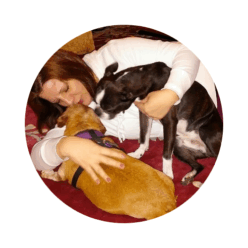

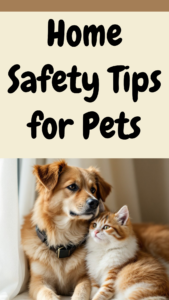

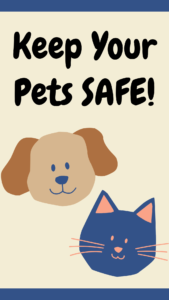
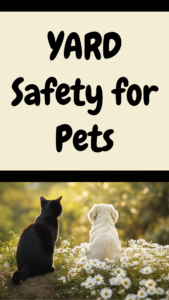

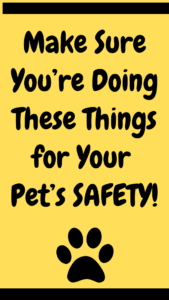

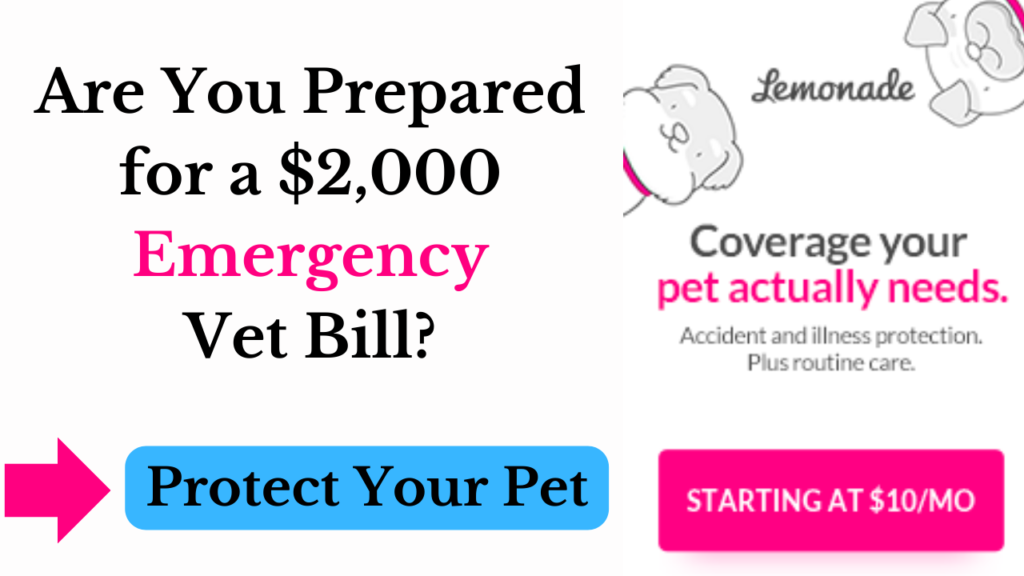


Pet safety is something that’s often overlooked until something unfortunate happens, so having a detailed checklist like this is incredibly helpful. I’ve had personal experience with my cat getting into cleaning supplies under the sink, which led me to child-proof my cabinets. It’s surprising how many everyday items can pose serious risks. I also think many pet owners underestimate outdoor dangers – things like unsecured fences or toxic plants can be just as harmful. Creating a safe environment inside and out really does require constant awareness and small but important adjustments. This kind of guidance can make a big difference in preventing accidents.